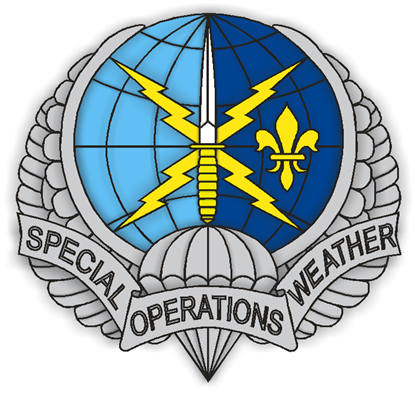
From 9/11 to SR
The legacy of Special Operations Weather in Air force special operations command
The specific Special Operations Weather Team (SOWT) career path, previously designated by AFSC 1W0X2 from 2008 to 2019, has now been absorbed into the Special Reconnaissance (1Z4X1) AFSC.
Today's Special Reconnaissance airmen are part of Air Force Special Operations Command (AFSOC) and they provide critical reconnaissance data for special operations missions.
But despite all claims and official recruiting BS to the contrary, SR isn't exactly
"the newest SOF job in AFSOC"
The successes of past SOWTs, and especially those "pipeline trained" SOWTs who served from 2008 to 2019 made it possible for the career field to officially shift to Special Reconnaissance.
But it may surprise some to learn that reconnaissance for weather intelligence information has been in the Grey Beret “wheelhouse” since our guys jumped and operated behind enemy lines as Office of Strategic Services (OSS) Secret Intelligence (SI) operators in WWII.
No, the evolution from SOWT to SR obviously didn't happen overnight - And a key part of the evolution began even before 9/11, with activation of the 10th Combat Weather Squadron (CWS).